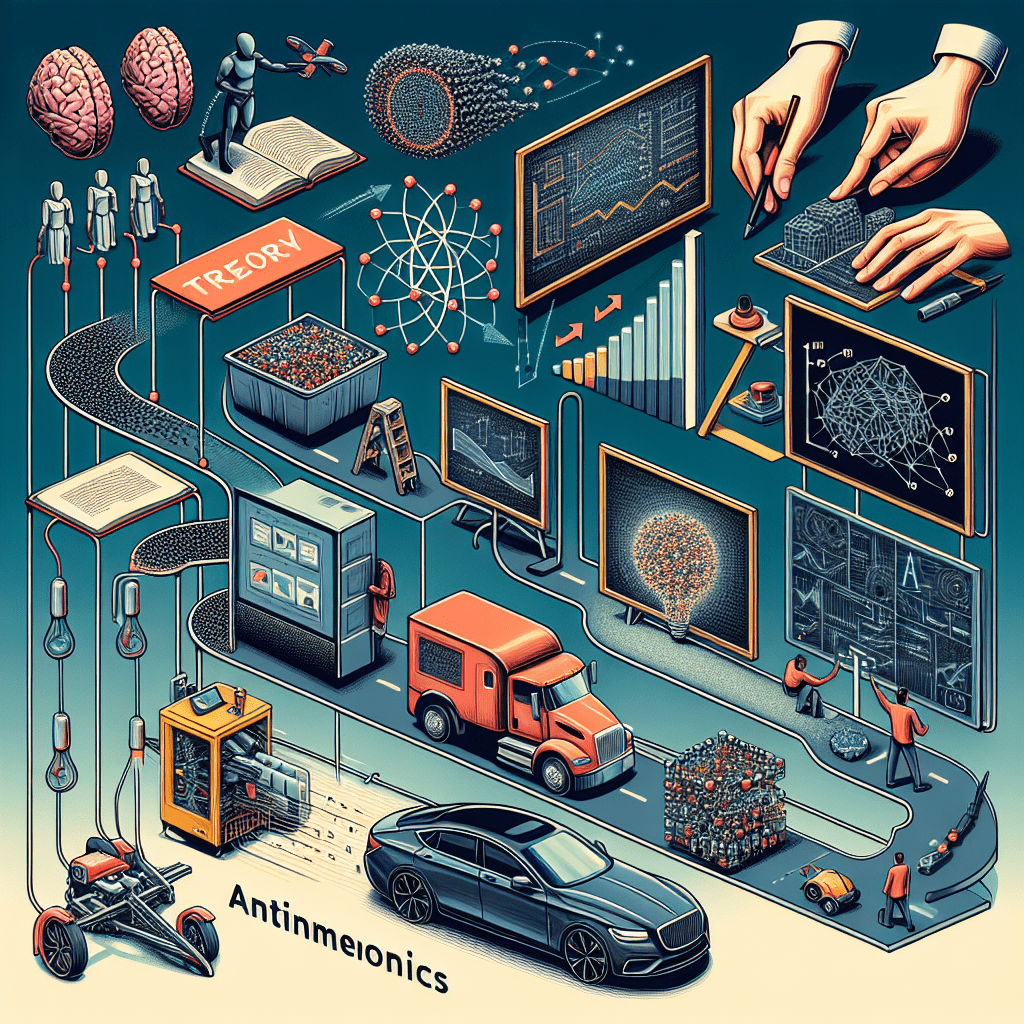Your cart is currently empty!
From Theory to Practice: Implementing DNN in Real-World Applications

Request immediate IT services, talents, equipments and innovation.
Deep learning neural networks (DNN) have gained significant popularity in recent years due to their ability to effectively solve complex problems in various fields such as image and speech recognition, natural language processing, and autonomous driving. However, transitioning from theoretical knowledge to practical application can be a daunting task for many individuals and organizations.
In this article, we will discuss the process of implementing DNN in real-world applications, from data collection and preprocessing to model training and deployment.
The first step in implementing DNN in real-world applications is to define the problem that needs to be solved and gather relevant data. This can involve collecting data from various sources such as sensors, databases, or the internet. It is important to ensure that the data is of high quality, relevant to the problem at hand, and properly labeled for training the DNN model.
Once the data is collected, the next step is to preprocess and clean the data to remove any noise or inconsistencies that could negatively impact the performance of the DNN model. This may involve tasks such as data normalization, feature scaling, and handling missing values.
After the data preprocessing stage, the next step is to design and train the DNN model. This involves selecting the appropriate architecture for the DNN, such as convolutional neural networks (CNN) for image recognition or recurrent neural networks (RNN) for sequence prediction tasks. The model is then trained on the preprocessed data using optimization algorithms such as stochastic gradient descent to minimize the loss function and improve the model’s accuracy.
Once the DNN model has been trained and validated on a separate test set, the next step is to deploy the model in a real-world application. This can involve integrating the model into a web or mobile application, or deploying it on a cloud platform for real-time inference. It is important to monitor the performance of the deployed model and periodically retrain it with new data to ensure it remains accurate and up-to-date.
In conclusion, implementing DNN in real-world applications requires a combination of theoretical knowledge, practical skills, and domain expertise. By following the steps outlined in this article, individuals and organizations can successfully transition from theory to practice and leverage the power of DNN to solve complex problems and drive innovation in various industries.
Request immediate IT services, talents, equipments and innovation.
#Theory #Practice #Implementing #DNN #RealWorld #Applications,dnn
Discover more from Zion AI: Free Marketplace for Talents, Tech Jobs, Services & Innovation, Sign-up for free
Subscribe to get the latest posts sent to your email.

Leave a Reply